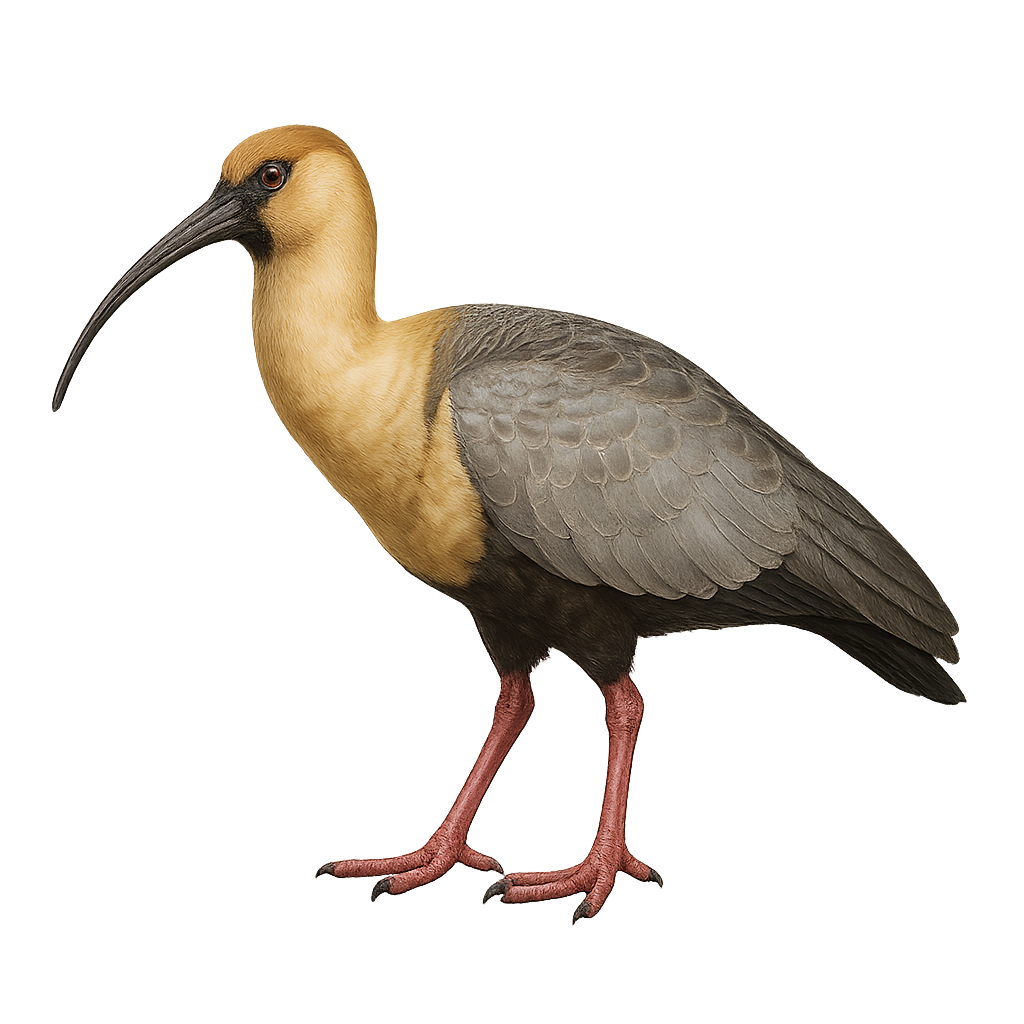Your wildlife photography guide.
Explore the black-faced ibis in detail, study its behavior, prepare your shots.
Where to observe and photograph the black-faced ibis in the wild
Learn where and when to spot the black-faced ibis in the wild, how to identify the species based on distinctive features, and what natural environments it inhabits. The WildlifePhotographer app offers tailored photography tips that reflect the black-faced ibis’s behavior, helping you capture better wildlife images. Explore the full species profile for key information including description, habitat, active periods, and approach techniques.
Black-faced Ibis
Scientific name: Theristicus melanopis

IUCN Status: Least Concern
Family: THRESKIORNITHIDAE
Group: Birds
Sensitivity to human approach: Suspicious
Minimum approach distance: 10 m
Courtship display: August to November
Incubation: 26-28 jours
Hatchings: September to December
Habitat:
Grasslands, wetlands, marshes
Activity period :
Primarily active during the day, with peak activity in the morning and late afternoon.
Identification and description:
The Black-faced Ibis, or Theristicus melanopis, is a medium-sized bird belonging to the Threskiornithidae family. It is easily recognizable by its gray and brown plumage, distinctive black face, and long curved bill. This bird is primarily found in South America, particularly in Argentina, Chile, and Uruguay. It inhabits various environments, from open grasslands to wetlands, and feeds mainly on insects, worms, and small invertebrates. The Black-faced Ibis is a gregarious bird, often seen in groups, and is known for its distinctive calls. Although not considered threatened, it is sensitive to environmental changes and habitat loss.
Recommended lens:
400 mm – adjust based on distance, desired framing (portrait or habitat), and approach conditions.
Photography tips:
To photograph the Black-faced Ibis, it is advisable to use a telephoto lens of at least 400mm to capture detailed images without disturbing the bird. Opt for the golden hours of the morning or afternoon to benefit from soft and flattering light. Be patient and discreet, as this bird can be suspicious. Carefully observe its behavior to anticipate its movements and capture dynamic shots. Wetlands and open grasslands are ideal places to spot it.
The WildlifePhotographer App is coming soon!
Be the first to explore the best nature spots, track rutting seasons, log your observations, and observe more wildlife.
Already 1 432 wildlife lovers subscribed worldwide

